Since 1998, Deven Supercriticals Pvt. Ltd. (DSPL) has established itself as a leader in Supercritical Fluid (SCF) processing, specializing in designing and manufacturing bespoke plants for a diverse range of applications. From pilot-scale to commercial-scale operations, DSPL has become synonymous with innovation in sustainable textile dyeing and finishing. The company has earned global recognition for providing end-to-end turnkey solutions, including equipment design, manufacturing, and technical support, to ensure optimized processes and efficient plant operations. With a track record of delivering 26 SCF plants worldwide between 2000 and 2023, DSPL has built a formidable international presence in the SC fluid processing industry.
At the heart of DSPL’s technological advancements is its patented SUPRAUNO process—a revolutionary waterless dyeing and finishing technology that uses Supercritical CO2. This cutting-edge solution eliminates the need for water in fabric dyeing, reduces energy consumption by 50%, and dramatically lowers the environmental impact by minimizing chemical use and wastewater generation. SUPRAUNO is a testament to DSPL’s commitment to eco-friendly innovation, setting new standards in sustainable industrial practices.
During an exclusive conversation with The Interview World at the Global Textile Sustainability Summit, hosted by ASSOCHAM, Dr. Swapneshu Baser, Managing Director of DSPL, shares in-depth insights into the SUPRAUNO technology. He emphasizes its ability to significantly reduce water usage and operational costs while maintaining superior dyeing quality. Dr. Baser also highlights the transformative potential of this innovation in redefining industry standards and promoting sustainability across global textile markets. Here are the key takeaways from this enlightening conversation.
Q: Could you elaborate on your patented sustainable waterless dyeing and finishing technology? How does it benefit the textile industry in terms of environmental impact, cost efficiency, and product quality?
A: The textile industry, known for its extensive use of dyes and finishing agents, grapples with significant environmental challenges, particularly concerning water and soil pollution. Dyeing processes, whether applied to fabric, yarn, or even at the fiber stage, are notorious for their environmental impact due to the vast quantities of chemicals involved. These chemicals, while necessary for achieving the desired colors and finishes, often result in severe pollution, contaminating water sources and soil. Pollution occurs when improperly treated or disposed wastewater, filled with these chemicals, leaches into the soil and causes irreversible long-term damage.
The industry’s focus on sustainability often highlights reductions in water and energy usage. However, this narrow approach fails to address the critical issue of chemical pollution. Many sustainability claims emphasize how much water and energy have been saved but overlook the substantial environmental harm caused by the chemicals used in textile processing. These chemicals, once discharged into the environment, contribute to soil contamination and pose serious health risks.
Furthermore, the production and handling of these chemicals also pose significant environmental risks. The manufacturing process involves toxic substances that lead to pollution during production, transportation, and application. This adds another layer of complexity to the sustainability challenge. To genuinely claim sustainability, it is crucial to audit and minimize the use of chemicals in addition to conserving water and energy.
Recycling has become a prominent topic in sustainability discussions, but merely substituting a small portion of virgin material with recycled content is insufficient. True sustainability requires a comprehensive approach that includes the use of recycled materials alongside sustainable dyeing and finishing processes. The latter, where the highest levels of pollution occur, must be addressed to achieve genuine environmental benefits.
Our technology, SUPRAUNO, presents a groundbreaking solution to these challenges. This innovative technology reduces not only water and energy consumption but also the volume of chemicals used in the dyeing and finishing processes. SUPRAUNO is an Atmanirbhar Indian technology, developed and patented in India and the United States. Its unique capabilities offer a robust approach to addressing the critical issues of water, energy, and chemical use in the textile industry.
By integrating SUPRAUNO into textile processing, the industry can significantly advance towards genuine sustainability. This approach ensures that the benefits of recycling and sustainable practices are realized fully, avoiding the pitfalls of greenwashing and providing consumers with truly environmentally responsible products.
Q: Can you quantify the amount of water saved by this technology during the dyeing process?
A: Our innovative process delivers substantial efficiency gains. We achieve reductions of approximately 90% in auxiliary chemicals, 76% in water usage, 70% in processing time, and 67% in energy consumption for polyester-cotton blends. Traditional methods involve a two-step dyeing process: dyeing the polyester first, followed by washing (reduction clearing), and then dyeing the cotton with salt. In contrast, our single-step process simplifies this by eliminating both reduction clearing and the use of salt. This streamlined approach significantly lowers chemical usage, reduces pollution, and enhances overall processing efficiency, leading to considerable time and resource savings.
Q: How does this technology offer a viable alternative to traditional dyeing methods?
A: Absolutely, now is the ideal moment for advancing sustainable technology. While sustainability was a topic of conversation 10 to 15 years ago, it remained largely theoretical. Today, legislative frameworks and brand mandates require suppliers to comply with strict sustainability standards. We are at the forefront of this shift, as evidenced by our role in manufacturing equipment for Arvind Limited in Ahmedabad in partnership with H&M. This collaboration involves the establishment of a commercial-scale plant, demonstrating a clear industry demand for viable solutions. Our sustainable technology is well-positioned to meet this demand, making now the perfect time to drive meaningful change in the sector.
Q: How cost-effective is this dyeing technology compared to existing alternatives?
A: In the cost comparison presented here, you can observe three categories: conventional exhaust dyeing, conventional continuous dyeing, and our advanced SUPRAONO technology. When applied to polyester-cotton blends, our SUPRAONO technology offers substantial benefits. It stands out for its superior sustainability profile, using fewer chemicals, less energy, and significantly less water compared to traditional methods.
A common issue with sustainable, organic, or recycled products is their tendency to demand a premium price, which can restrict their market appeal. However, our SUPRAONO technology eliminates this problem by delivering a product priced competitively with conventional international-standard plants.
Especially when compared to processes that do not involve any treatment, this competitive pricing is crucial. While competing against facilities with zero liquid discharge and other stringent environmental standards may be challenging, our technology provides a clear advantage in this scenario.
For polyester-cotton blends, our SUPRAONO technology achieves a cost reduction of approximately 40%. This substantial reduction not only makes the technology cost-effective but also enhances profitability. By leveraging our technology, you gain a 40% profit margin over conventional pricing, thus maximizing financial returns while adhering to sustainable practices.
Q: Are there any additional benefits we can anticipate from this patented dyeing technology?
A: Abroad, they employ international technology like supercritical CO2 for waterless dyeing. However, it can only apply to polyester and cannot process other textile types. In contrast, our innovative technology supports a comprehensive range of fabrics, including polyester, cotton, viscose, linen, viscose-polyester blends, cotton-polyester blends, nylon, acrylic, and wool. We maintain the use of conventional dyes, ensuring that while we eliminate the need for water in the dyeing process, the quality and variety of dyes remain unchanged. This capability not only enhances our process’s versatility but also provides a distinct advantage to the industry by accommodating diverse textile needs.

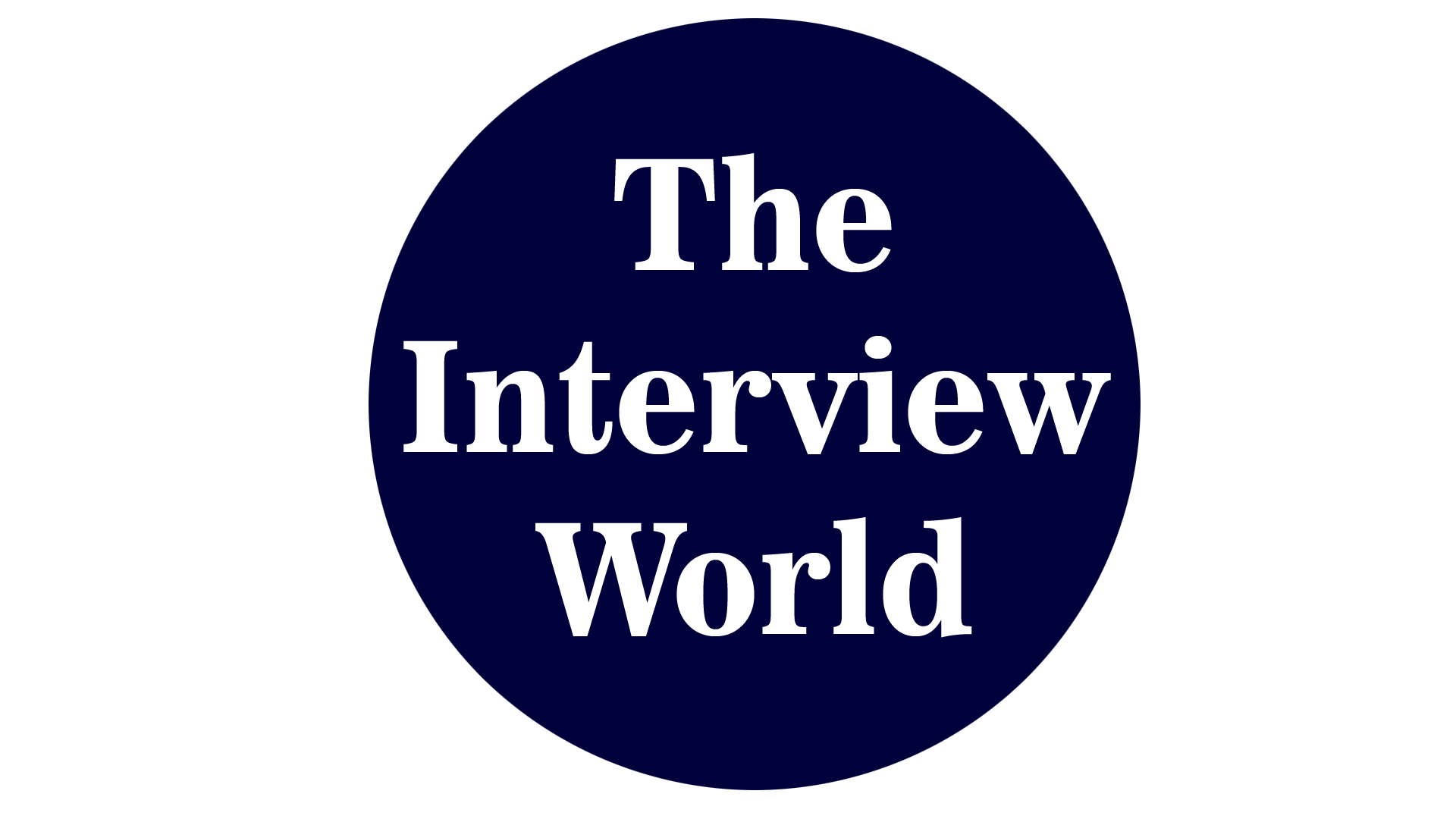
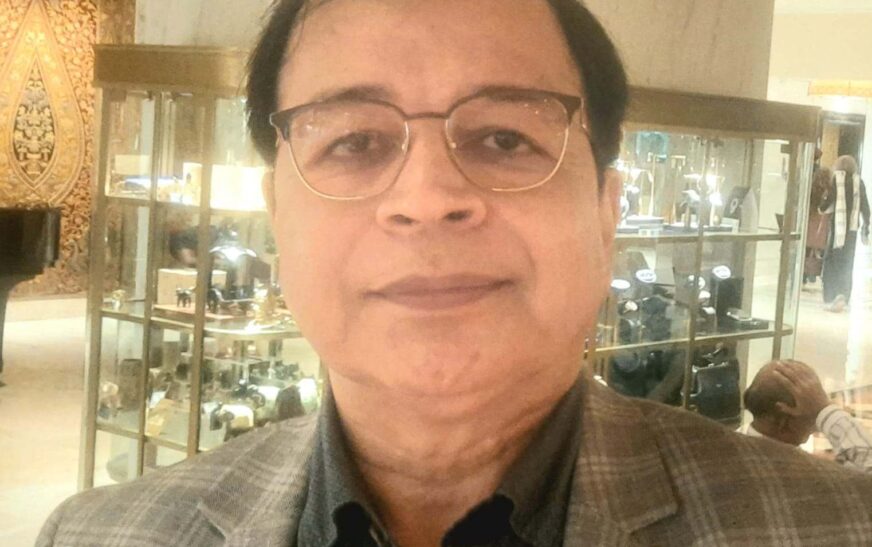
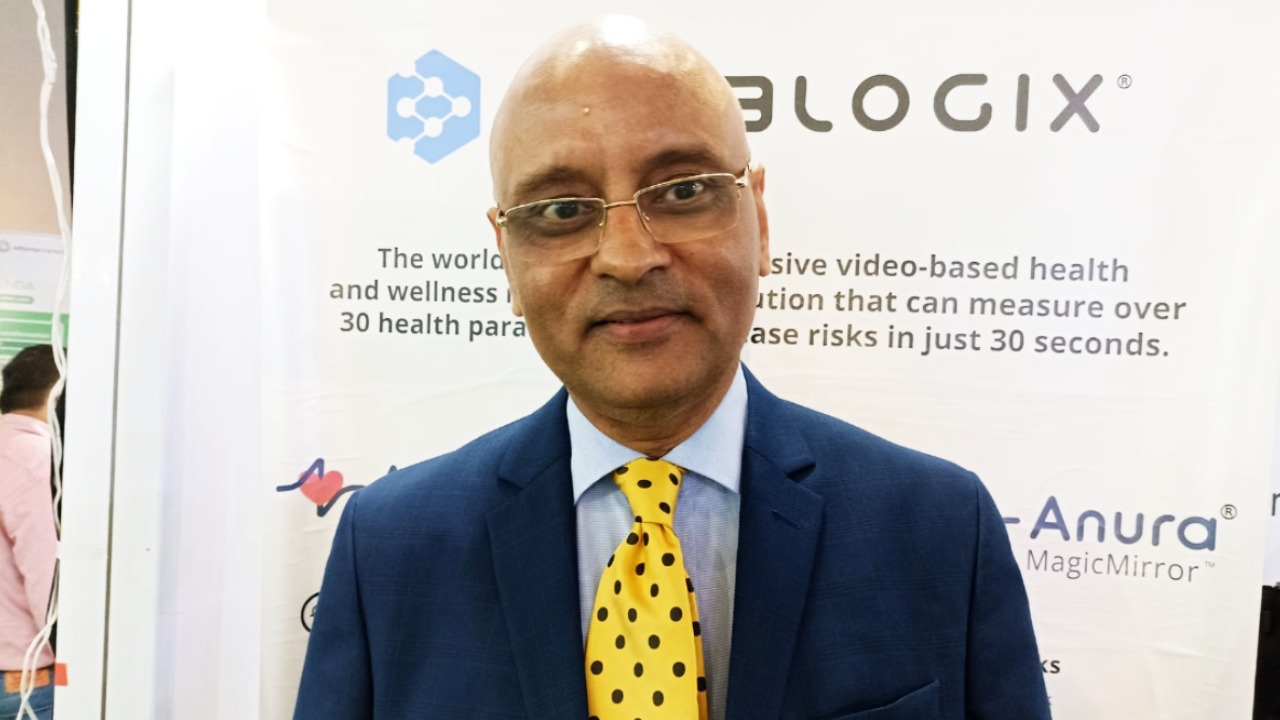
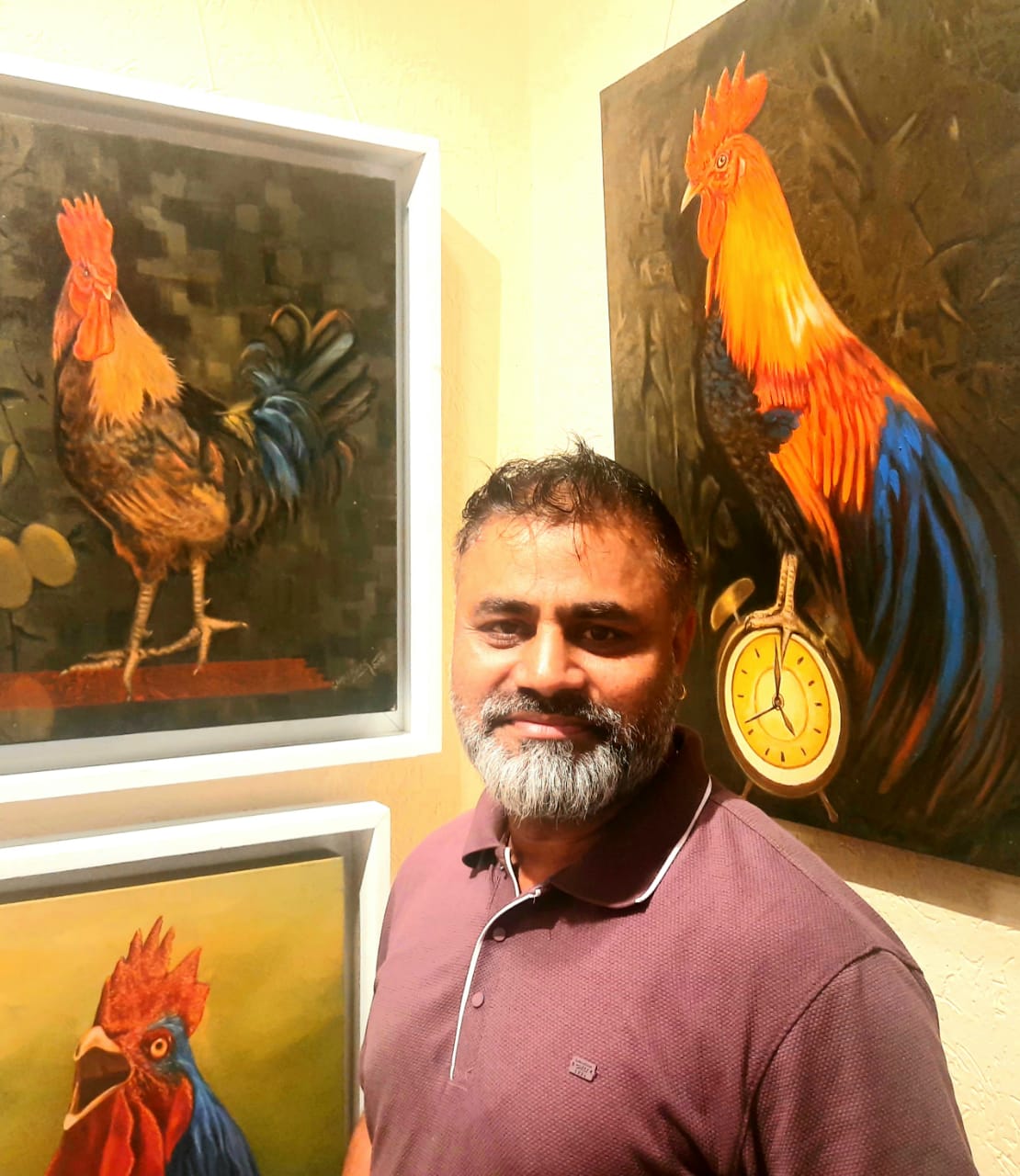
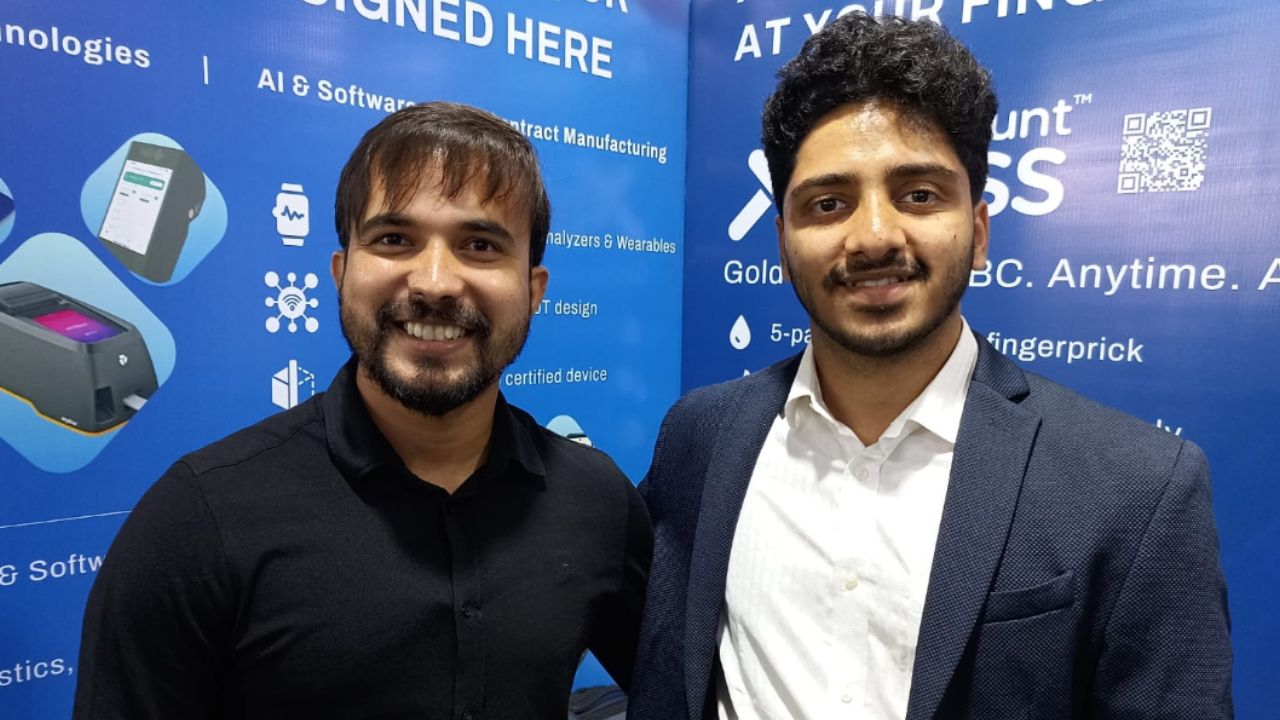
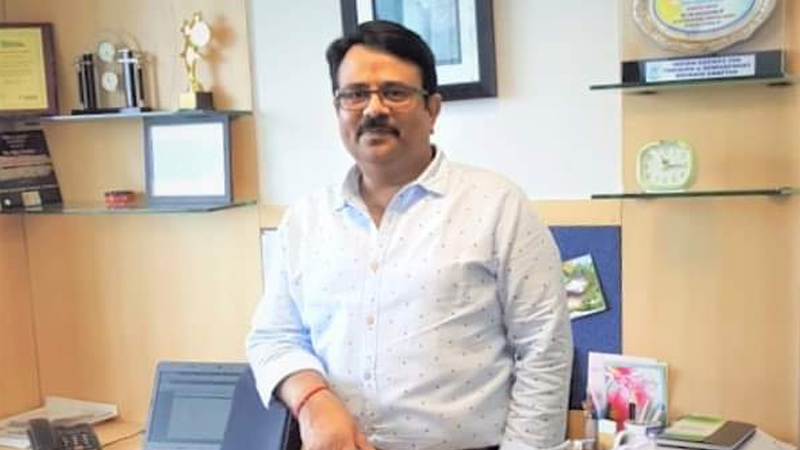
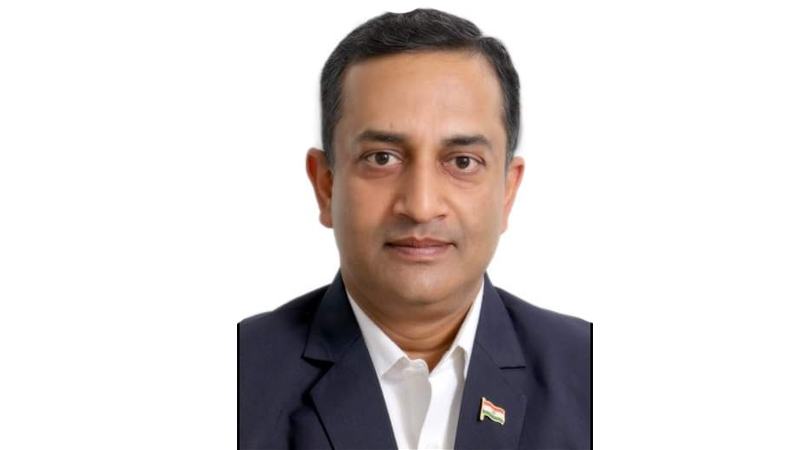
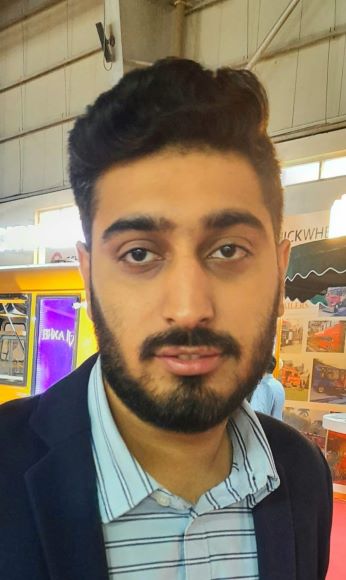
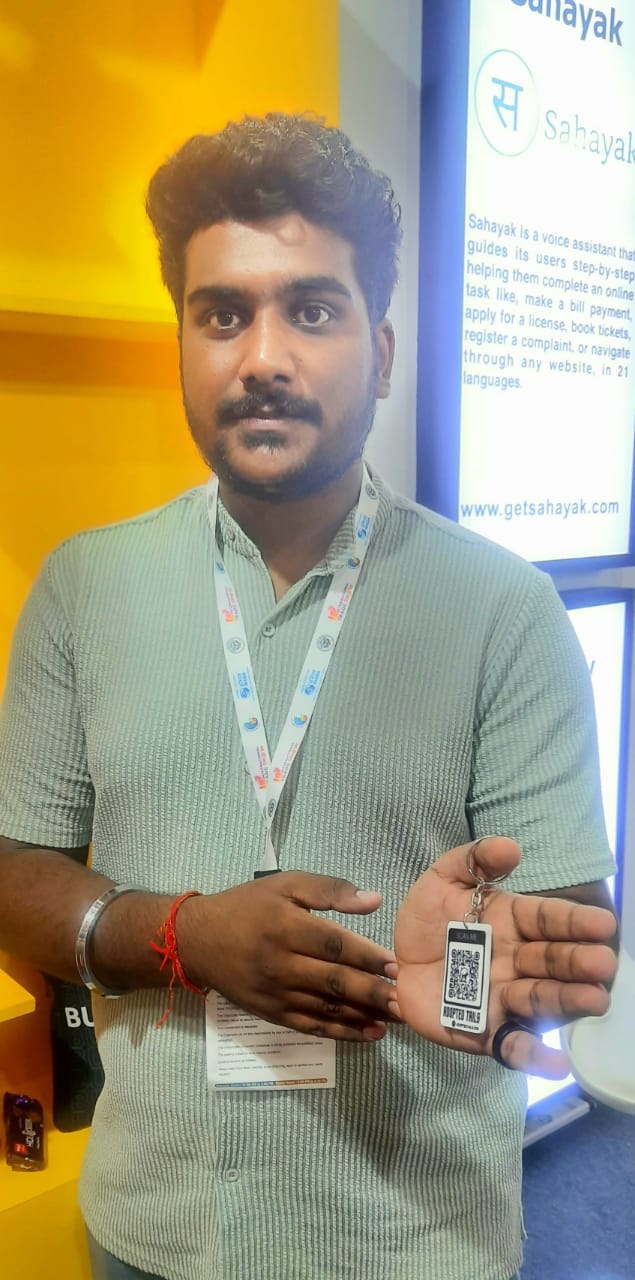
1 Comment
of course like your website but you have to check the spelling on several of your posts A number of them are rife with spelling issues and I in finding it very troublesome to inform the reality on the other hand I will certainly come back again
Comments are closed.